
Tel: 020 7620 1818 email: cookandbutler@btconnect.com
The City of London Corporation
www.cityoflondon.gov.uk
National Environment Board Dinner
January 22nd 2025, Livery Hall, Guildhall, London
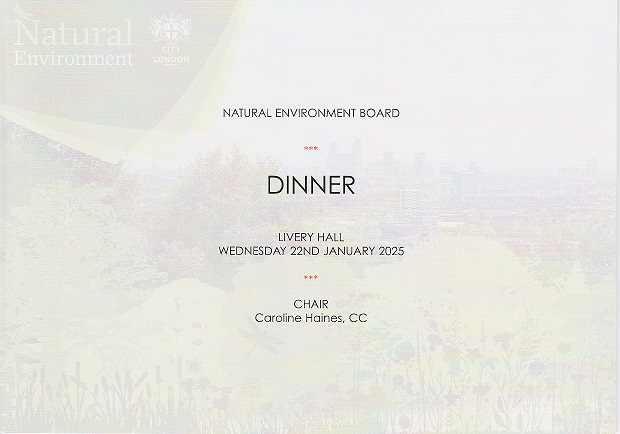
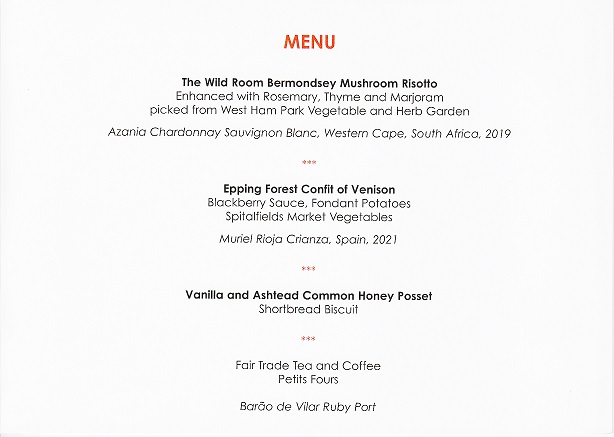
![]()
Health And Wellbeing Dinner
January 14th 2025, Livery Hall, Guildhall, London
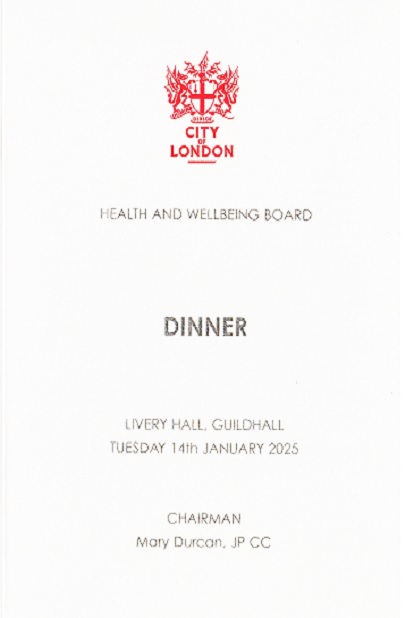
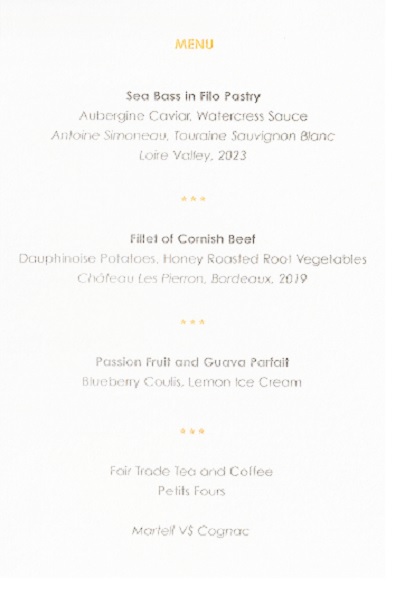
![]()
City of London Health And WellBeing
Dinner
February 22nd 2024, Livery Hall, Guildhall, London


![]()
Board of Governors of the City of London School for Girls
Dinner
March 16th 2023, Stationers Hall, London
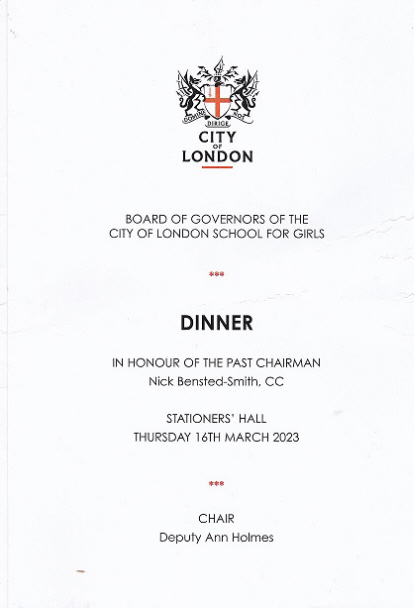
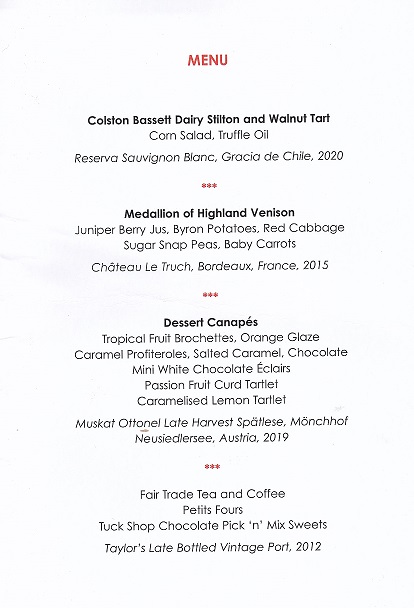
Planning and Transportation Committee Dinner
February 2019, Carpenters' Hall, London
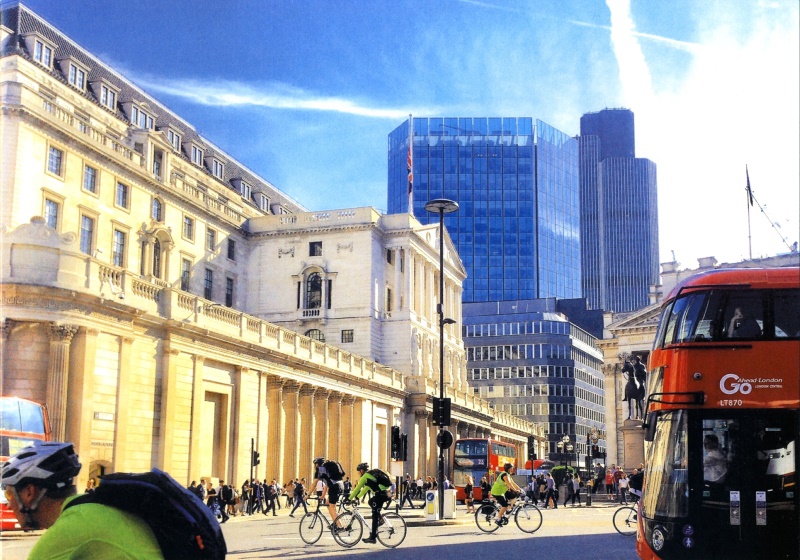
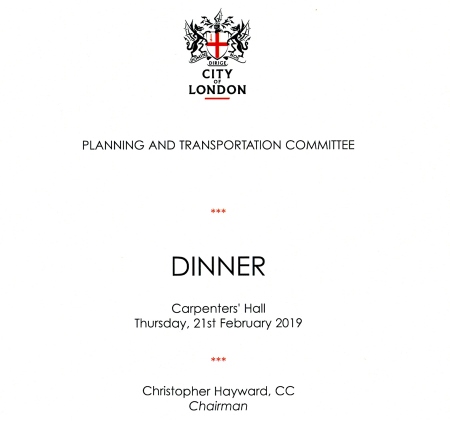
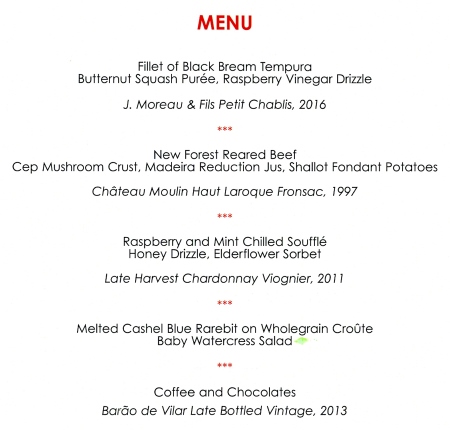
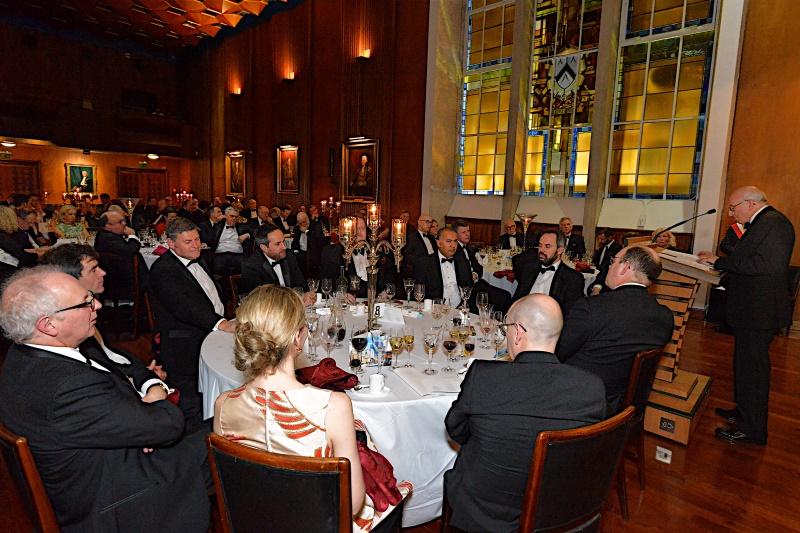
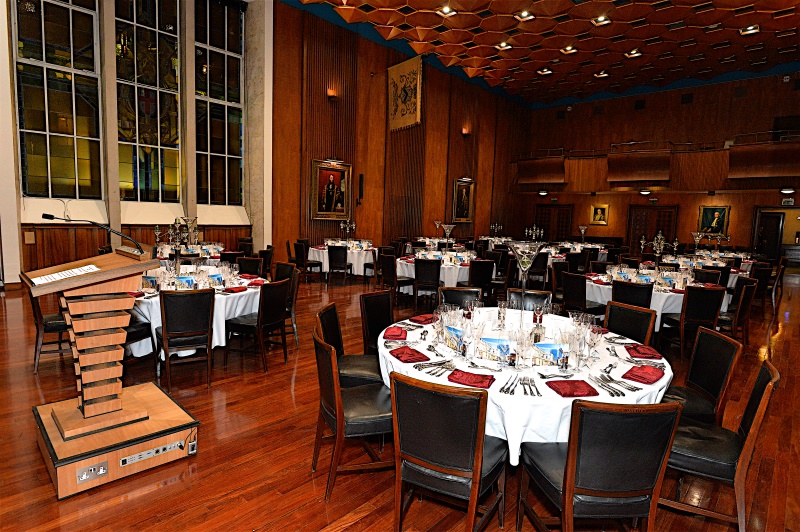
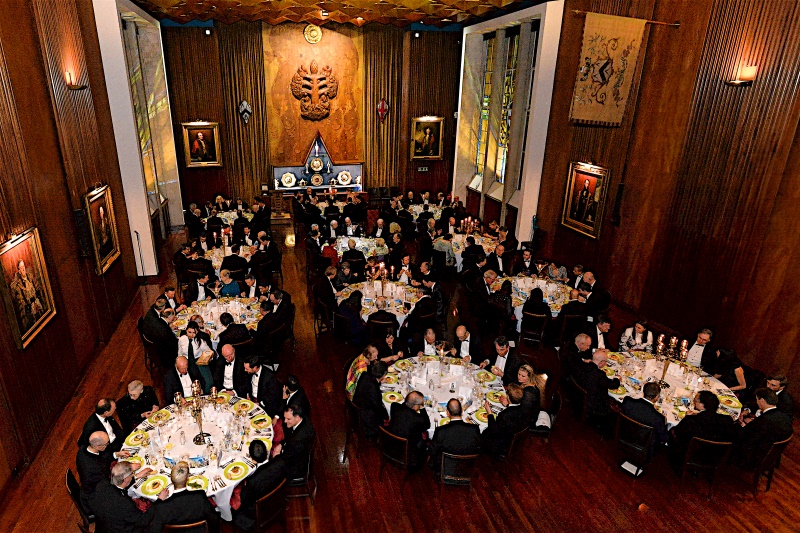

Barbican Residential Committee Dinner
January 2018, Cutlers' Hall, London
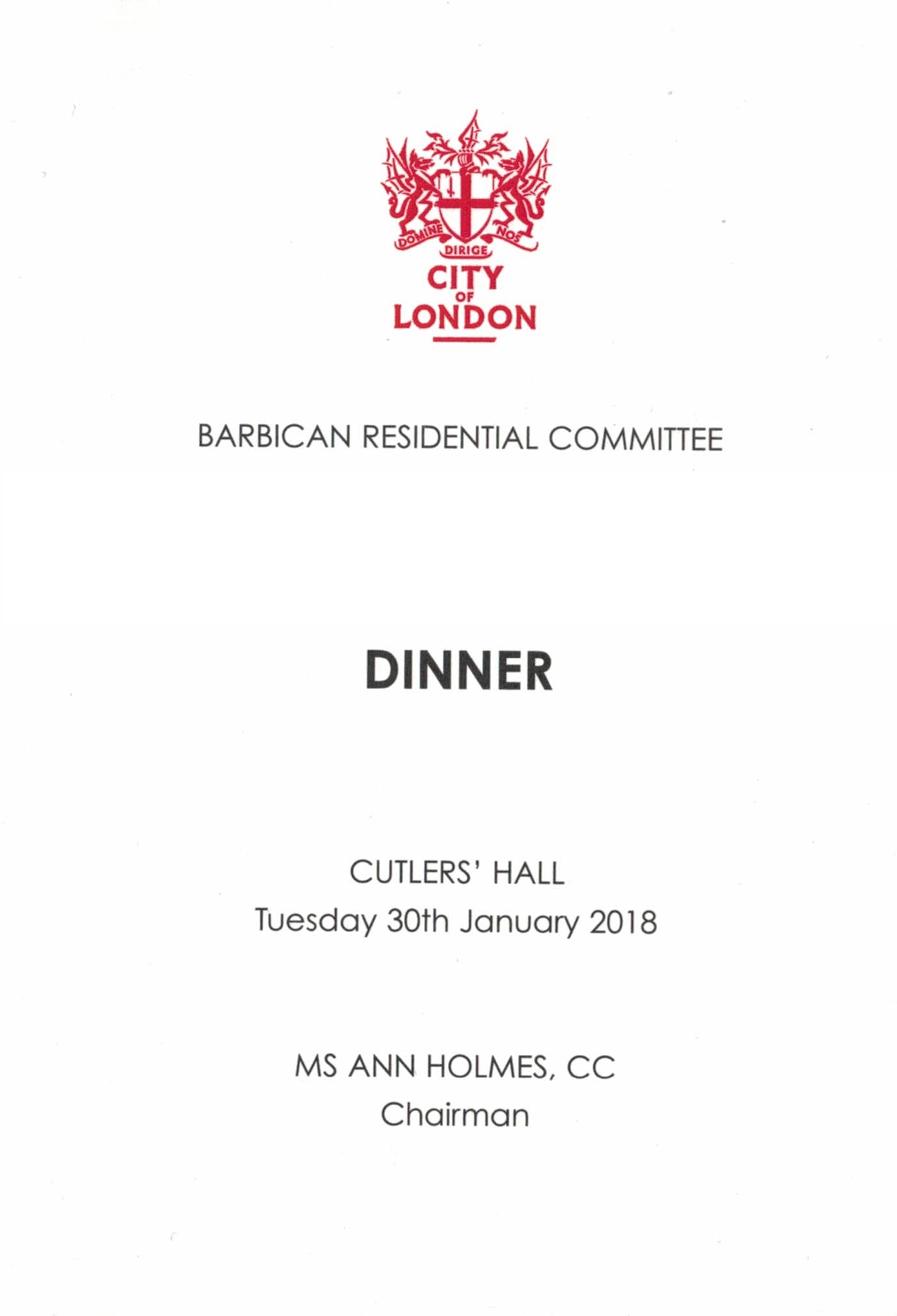
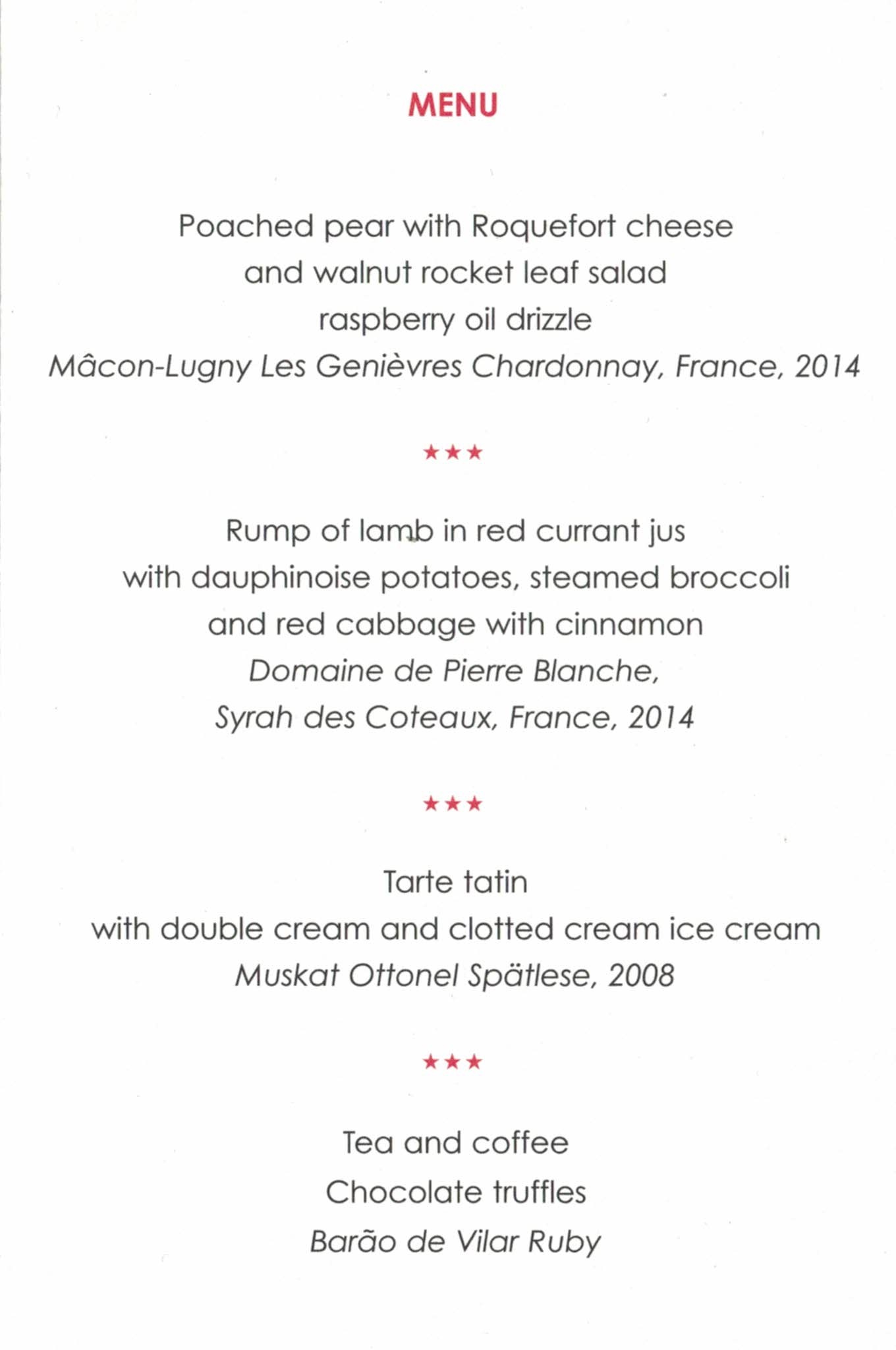

Markets Committee Dinner
February 2017, Stationers' Hall, London
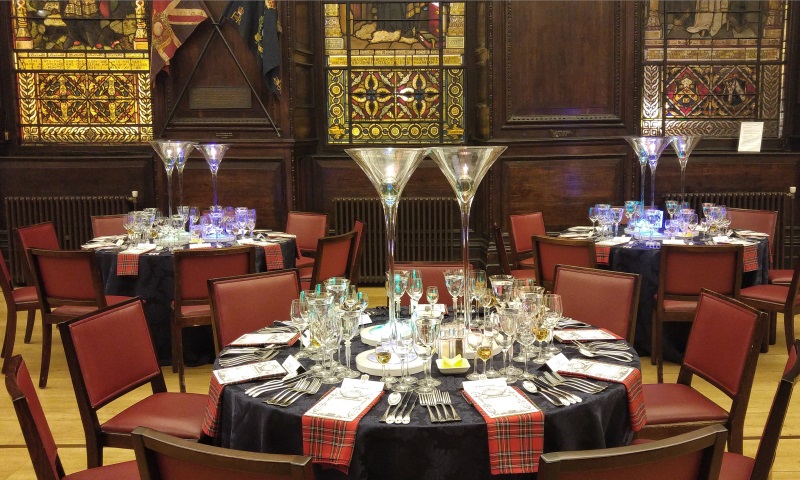
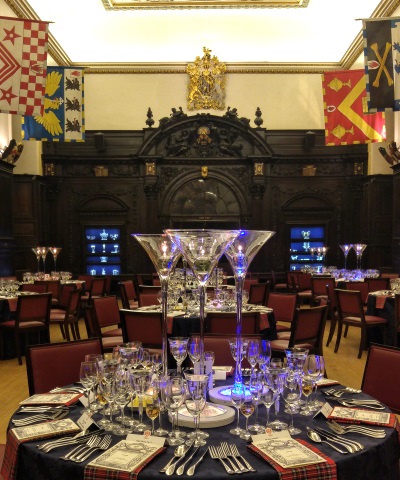
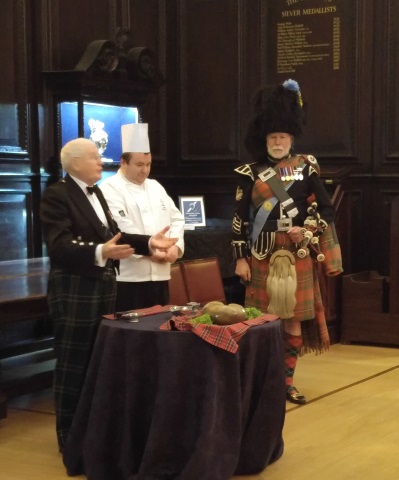
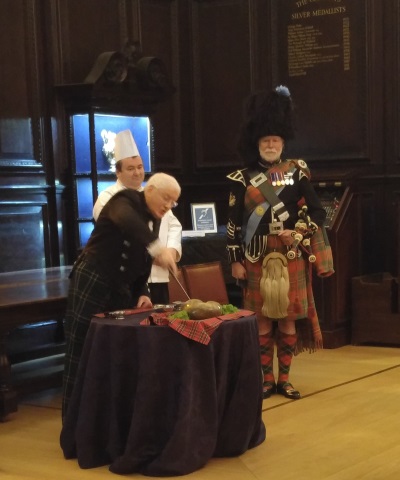
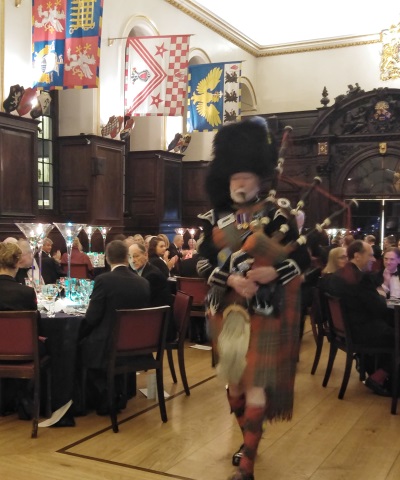
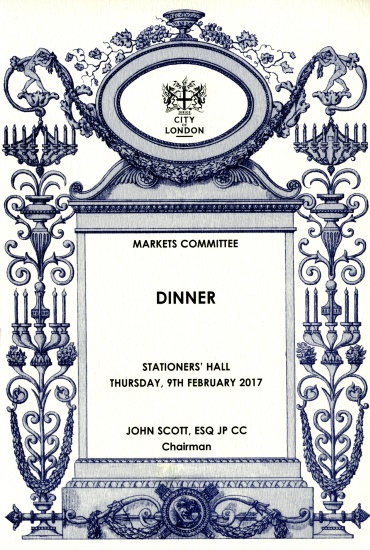
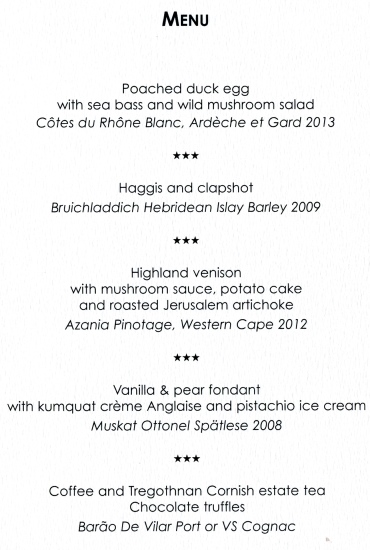

Culture, Heritage and Libraries
Committee Dinner
January 2017, Carpenters' Hall, London
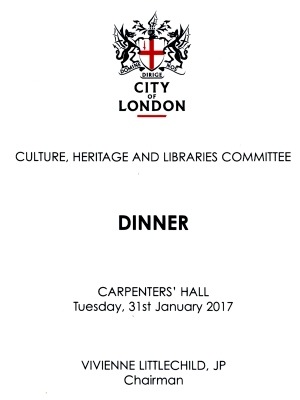
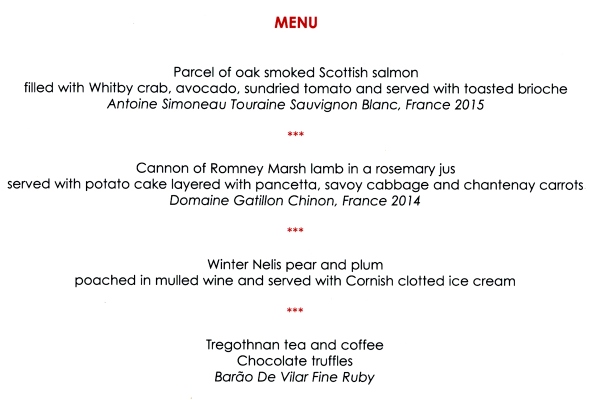
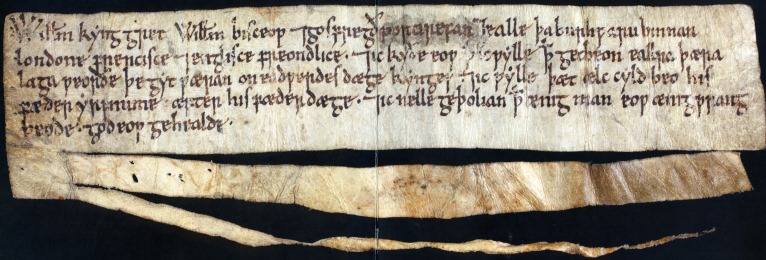
This small but iconic piece of vellum - the "William
Charter" - is the oldest document in the City's archive, given by King
William I (the Conqueror) to the City in 1067, soon after the Battle of
Hastings, but before he entered the City of London. It has been in the
City's keeping continuously ever since. It measures just six inches by one
and a half with two slits, the larger one used as a seal-tongue and the
other as a tie. The seal impression, although detached and imperfect, is one
of the earliest surviving examples from William's reign.
The Charter is written in Old English (and so, notably, not in William's
native Norman French) and translates to:
"William King greets William the Bishop and Geoffrey the Portreeve and
all the citizens in London, French and English, in friendly fashion; and l
inform you that it is my will that your laws and customs be preserved as
they were in King Edward's day, that every son shall be his father's heir
after his father's death; and that I will not that any man do wrong to you.
God yield you".

Port Health and Environmental Services
Committee Dinner
January 2017, Trinity House, London
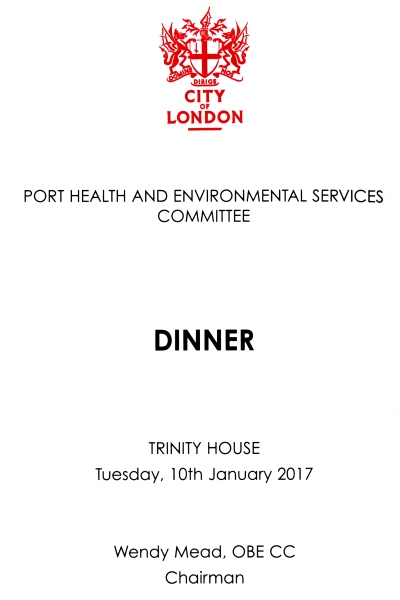
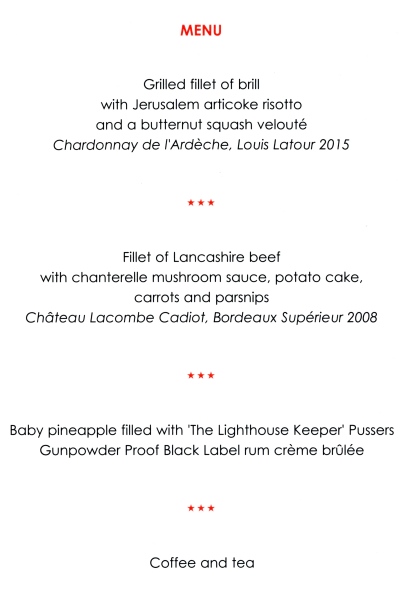

Planning and Transportation Committee Dinner
in honour of the Past Chairman
November 2016, Stationers' Hall, London
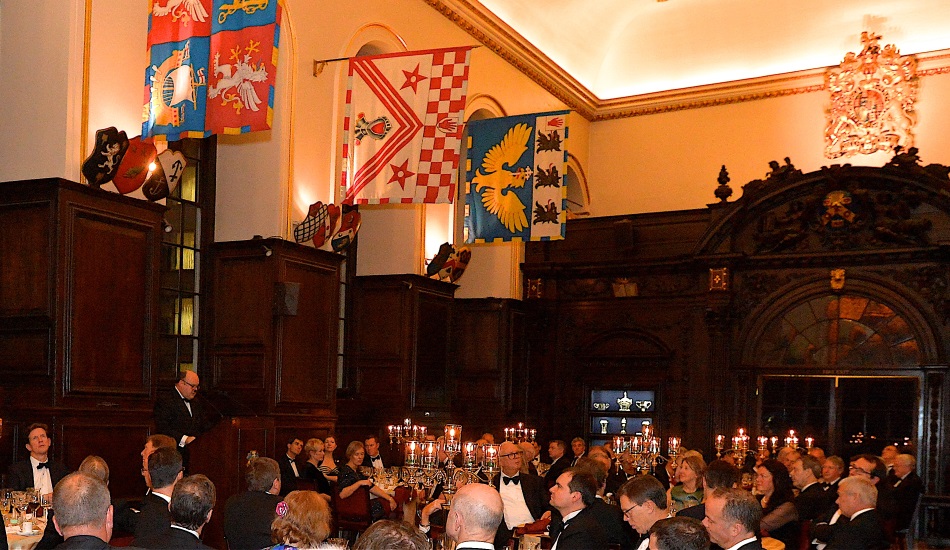
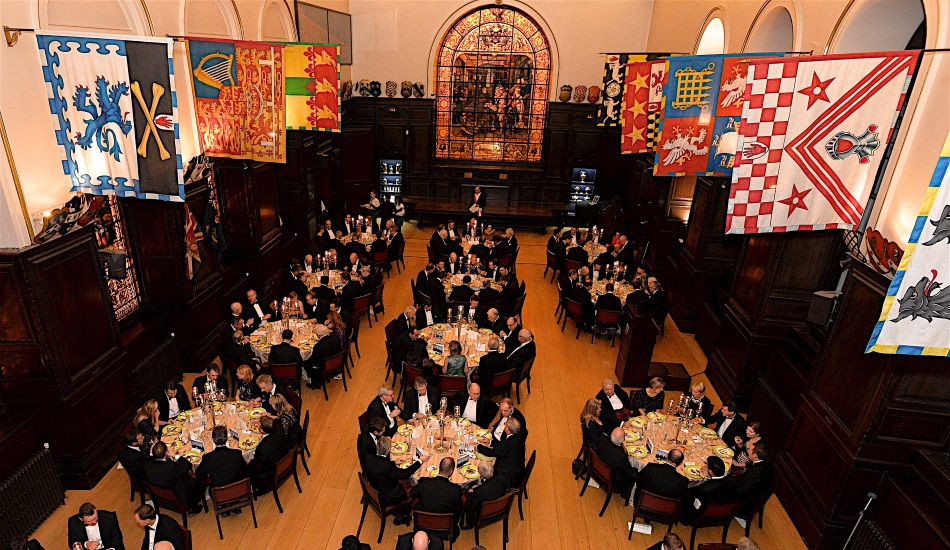
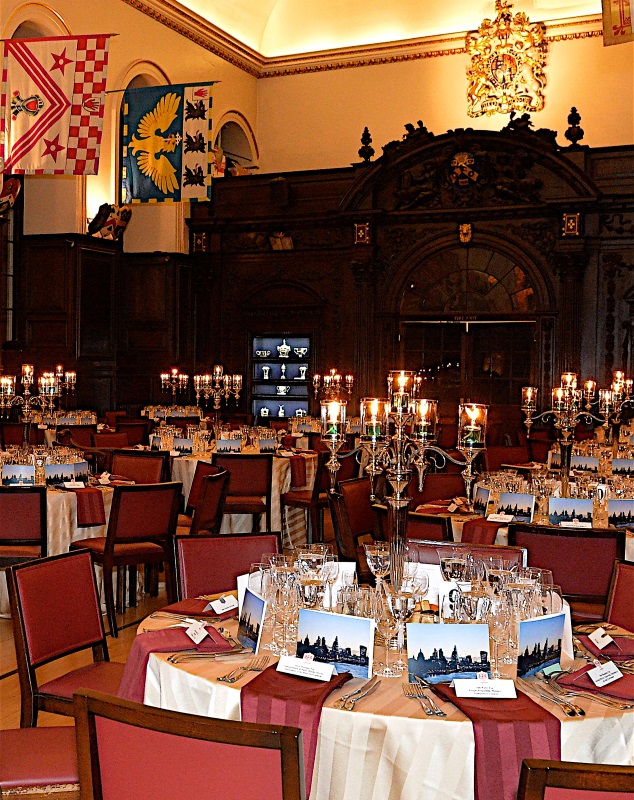
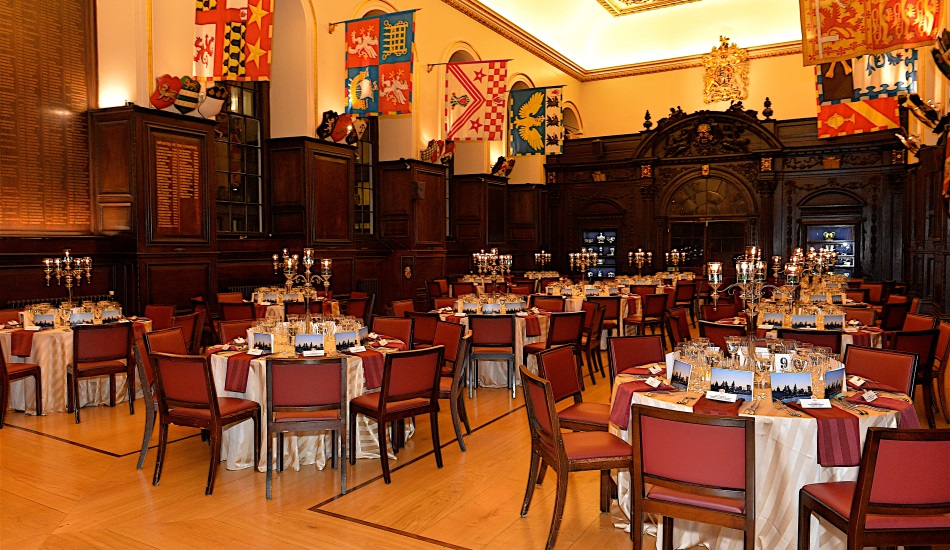
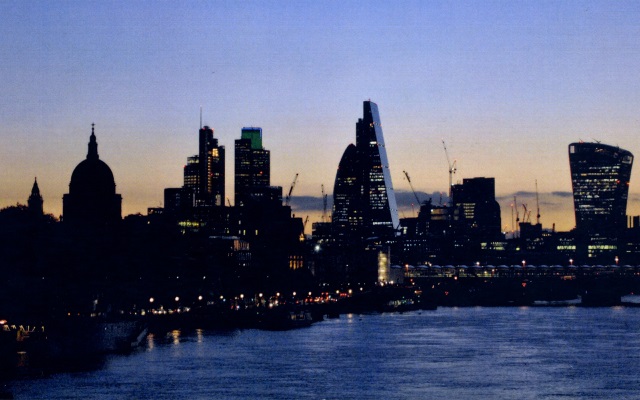
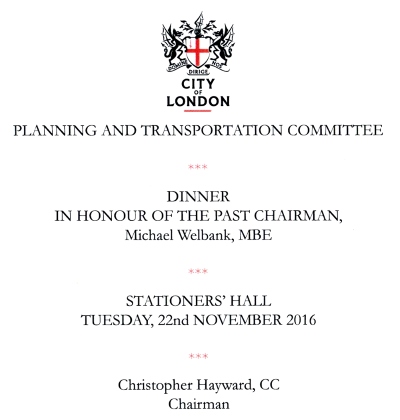
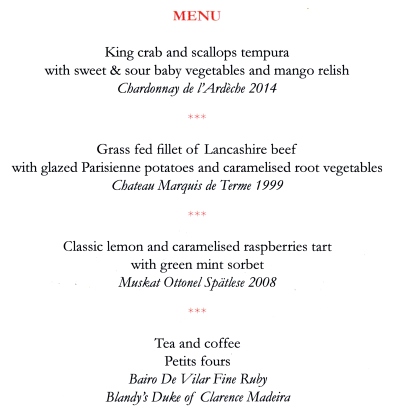

Livery Committee Dinner
June 2016, Trinity House, London
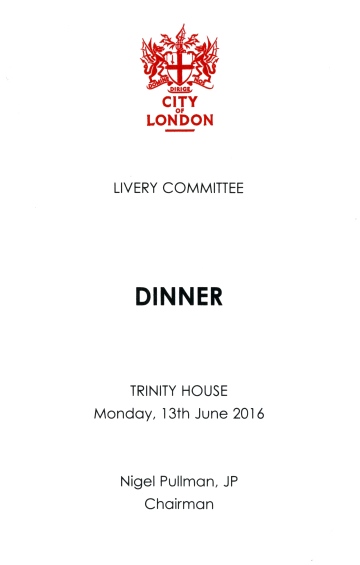
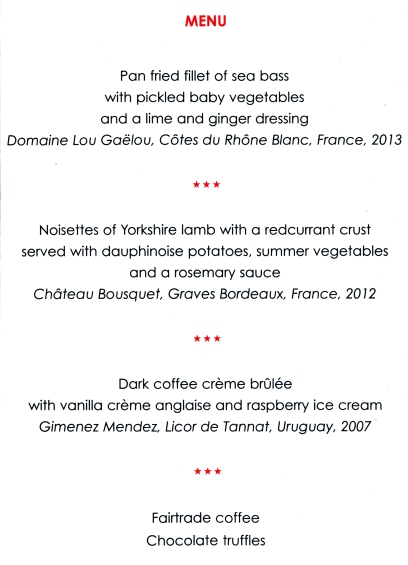

Culture, Heritage and Libraries
Committee Dinner
March 2016, Cutlers' Hall, London
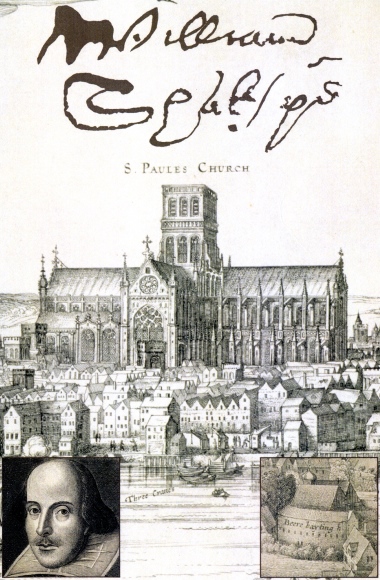
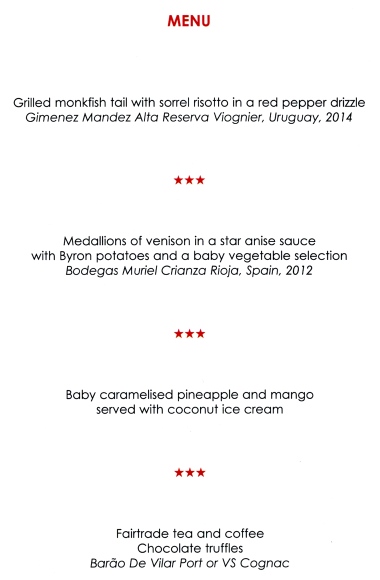
Shakespeare and London
The collage on the cover of this menu has been produced to mark the 400th anniversary of the death of William Shakespeare. The following images and documents from the City of London's collections are included.
William Shakespeare's signature, taken from 'The Shakespeare Deed' (1613)
In 1613 Shakespeare purchased the gatehouse of the former Blackfriars Monastry, signing this copy of the agreement. This is one of only six authenticated examples of his signature. The deed is currently on display in the City of London Heritage Gallery at Guildhall Art Gallery, until 31 March 2016.
The Visscher Panorama of London (1616)
Showing the area around St Paul' Visscher' panorama provides a strong sense of the City as Shakespeare knew it, as the property he purchased was nearby in the precinct of the former Blackfriars Monastry. We see a wonderful depiction of the cathedral, fifty years before it was lost to the Great Fire. The panorama is currently on display at Guildhall Art Gallery, until 20 November 2016.
The Droeshout Portrait, a reproduction of the image that appeared in the First Folio (1623)
This is generally considered to be one of two likenesses that depict Shakespeare accurately, as they were created for people who knew him intimately. The other is the sculpture that adorns his memorial in Stratford upon Avon which dates from before 1623. Guildhall Library's copy of the First Folio is currently on display in the City of London Heritage Gallery at Guildhall Art Gallery until 31 March 2016.
The Globe Theatre (1647)
This depiction of the famous theatre is a detail from
Hollar's Long View of London from Bankside, which dates from 1647. This was
the 'second' Globe, incorrectly captioned in the engraving as the 'Beere
Bayting House'. This caption should have been applied to the nearby Hope
Theatre, a venue which hosted bear baiting as well as theatrical
performance.
All of the images used here are taken from the collections at London
Metropolitan Archives and will be available in a new 'Shakespeare and
London' gallery in COLLAGE, our online image database, when it is
re-launched in spring 2016 (www.collage.cityof
london.gov.uk)

Markets Committee Dinner
February 2016, The Crypts, Guildhall
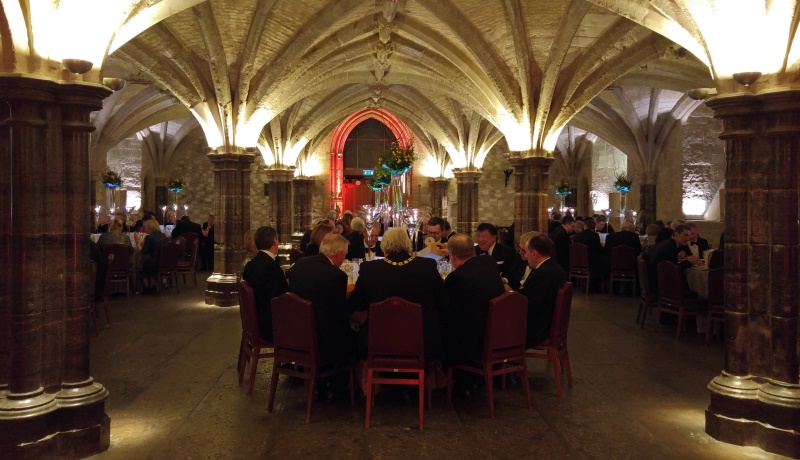
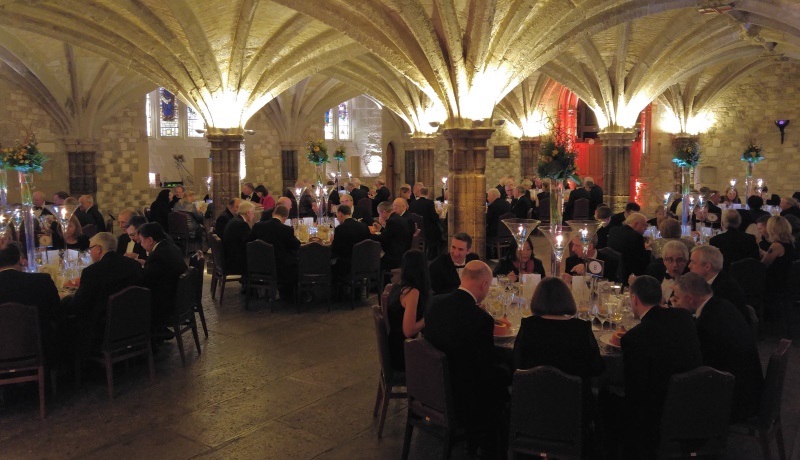
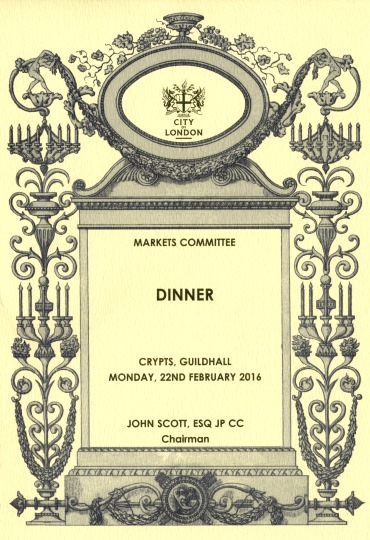
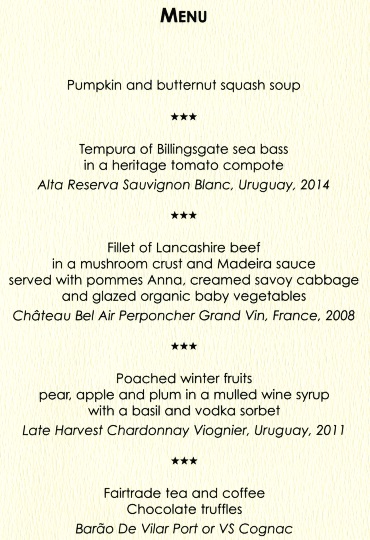

Markets Committee Dinner
in honour of the Past Chairman
March 2015, Stationers' Hall, London
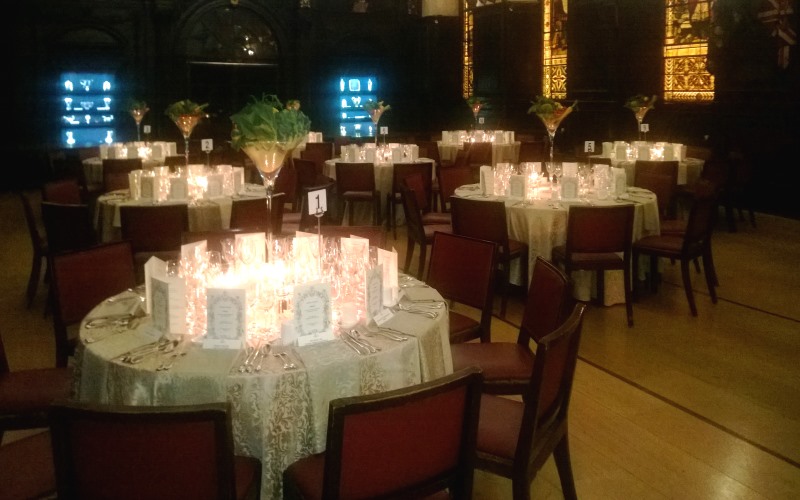
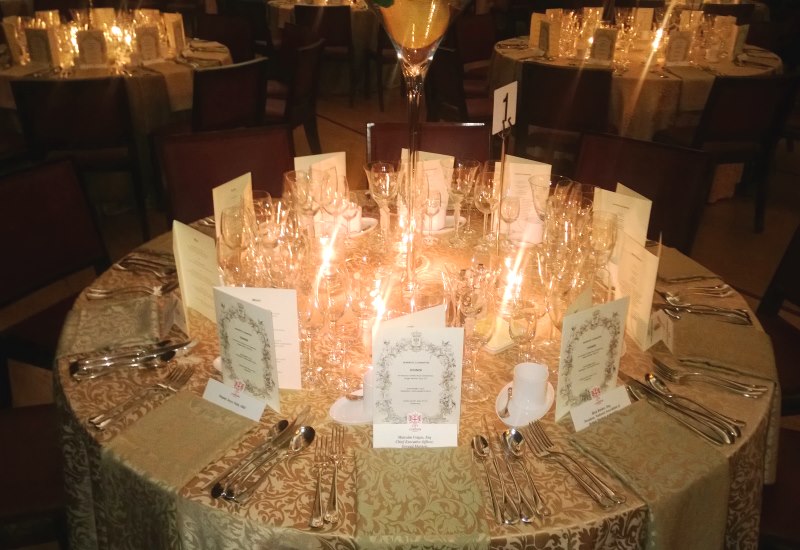
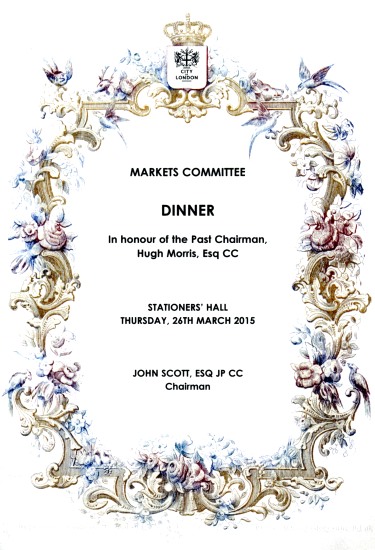
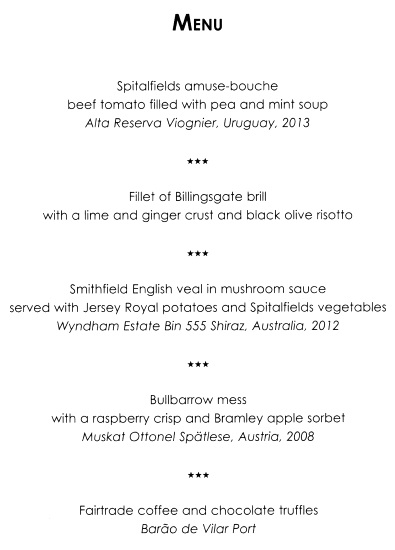

Port Health and Environmental Services
Committee Dinner
January 2015, Trinity House, London
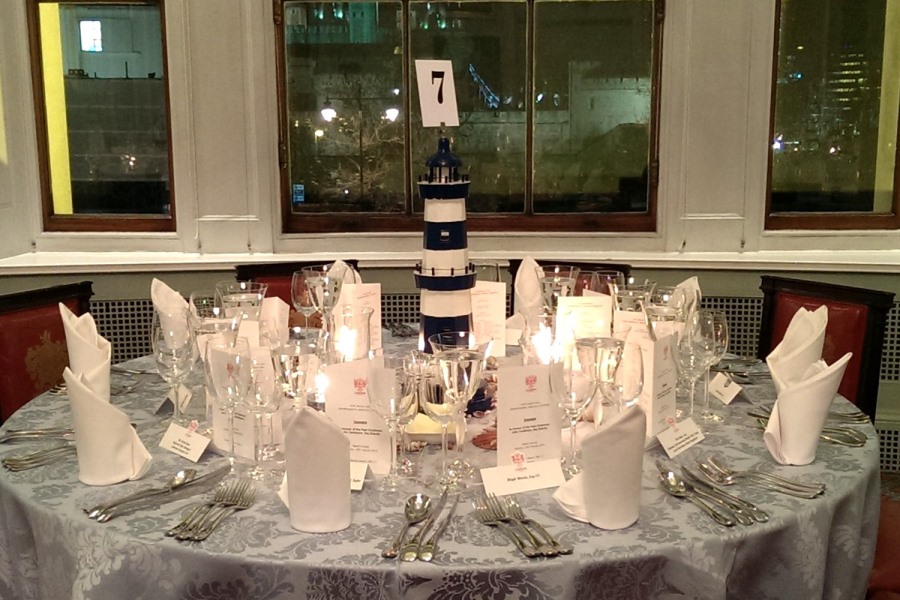
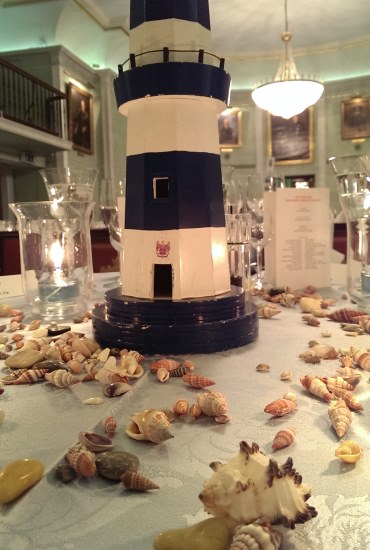
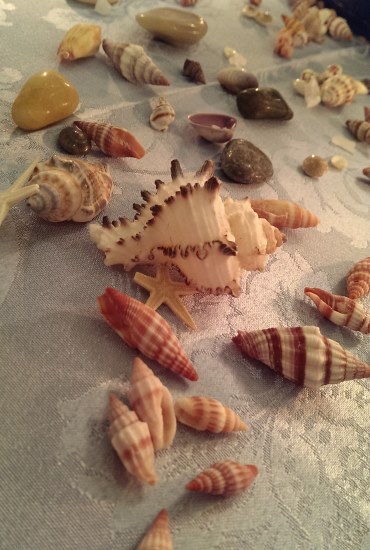
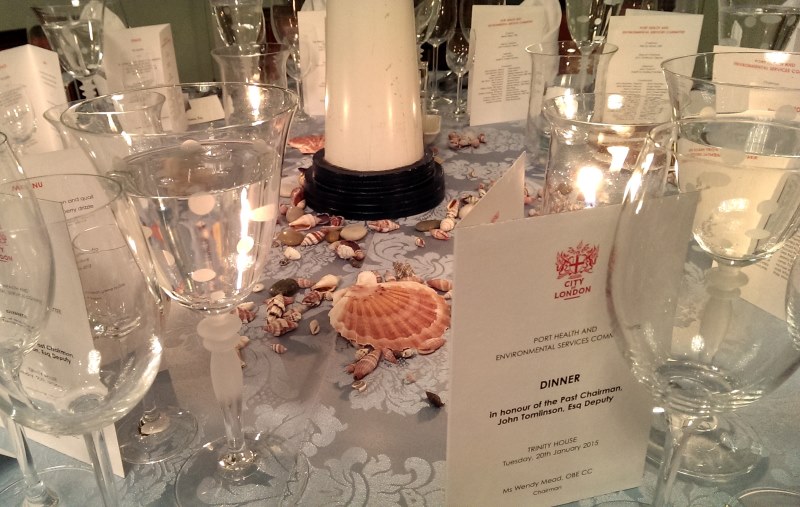
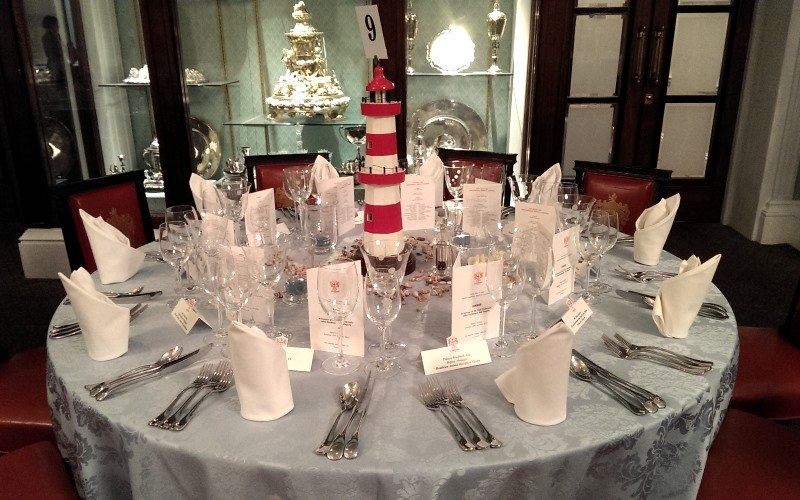
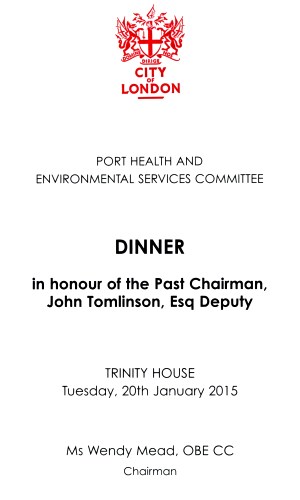
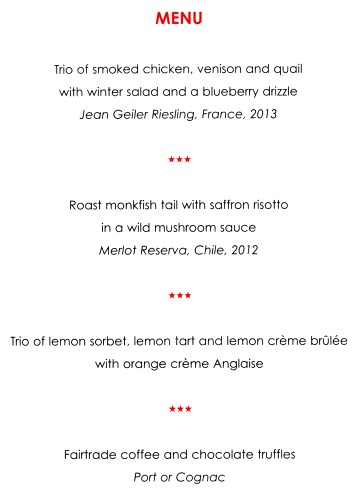

Community and Children's Services Dinner
January 2015, Trinity House, London

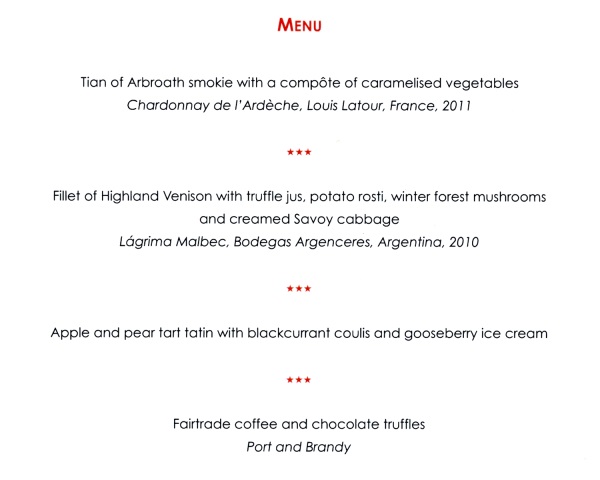

Culture, Heritage and Libraries
Committee Dinner
January 2014, Guildhall Old Library
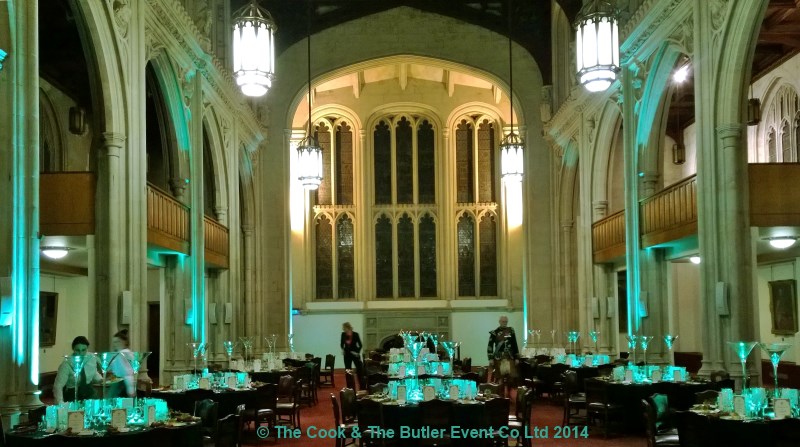
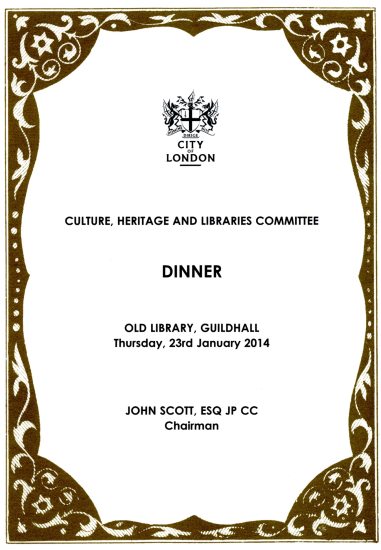
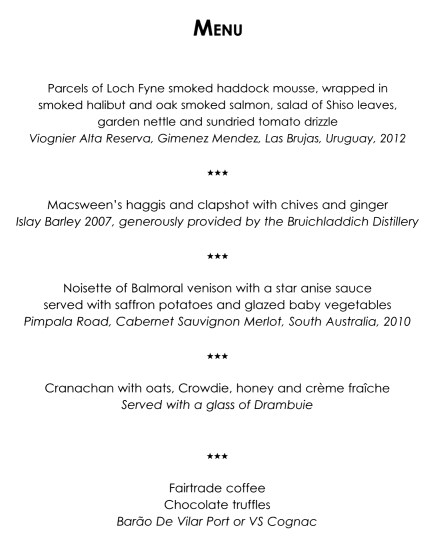
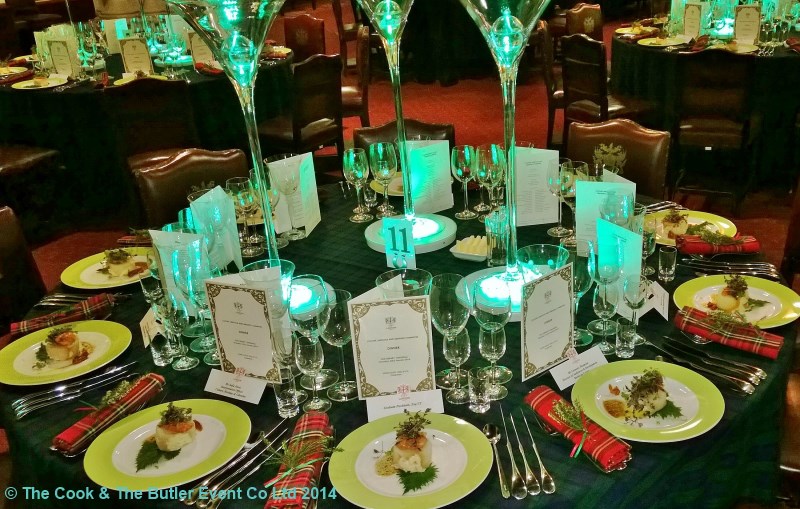

Luncheon in Honour of the Rt Hon the Lord Mayor
Basinghall Suite, Guildhall, London, October 2013
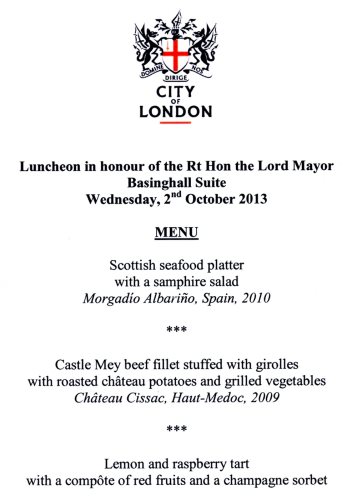

Livery Committee Dinner
June 2013, Cutlers' Hall, London
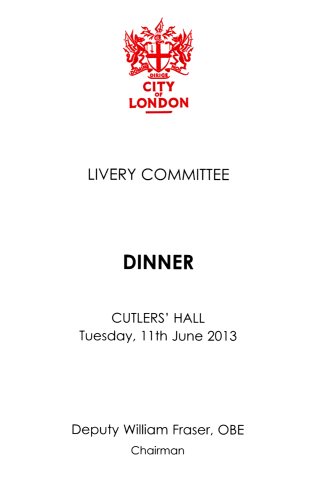
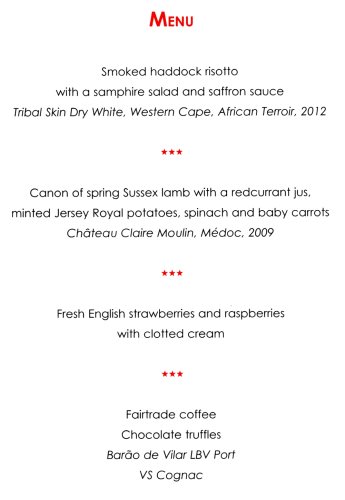

Culture, Heritage and Libraries
Committee Dinner
January 2013, Stationers' Hall
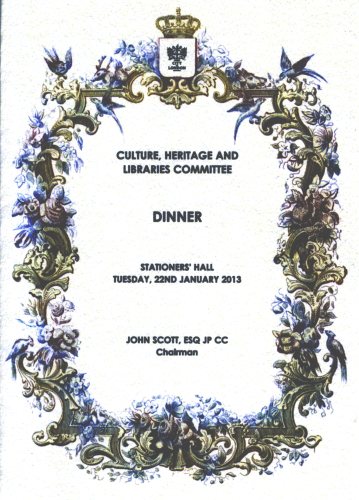
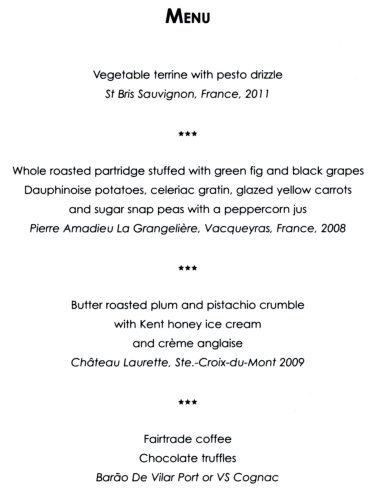

Open Spaces, City Gardens and West
Ham Park Committee
June 2012, Armourers' Hall, London
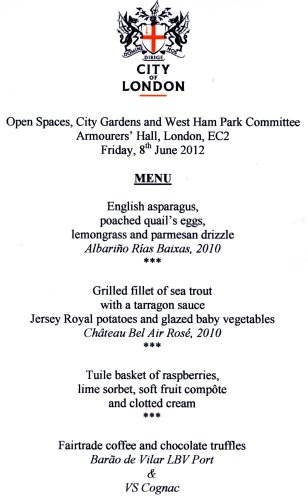
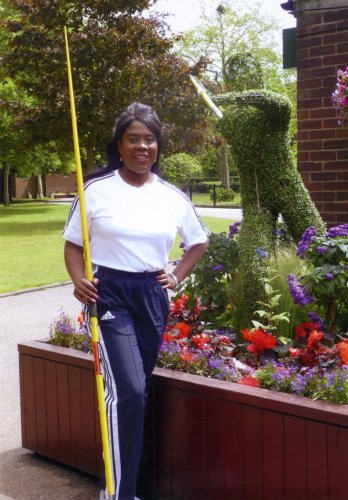

Culture, Heritage and
Libraries Committee
Dinner
March 2012, The Crypts, Guildhall, London
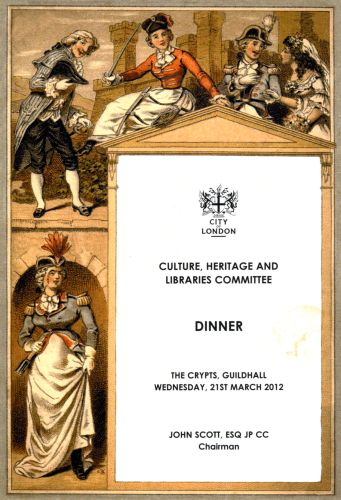
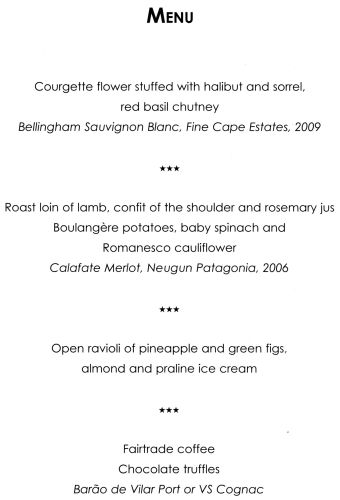

Community and
Children's Services Dinner
March 2011, The Livery Hall, Guildhall, London
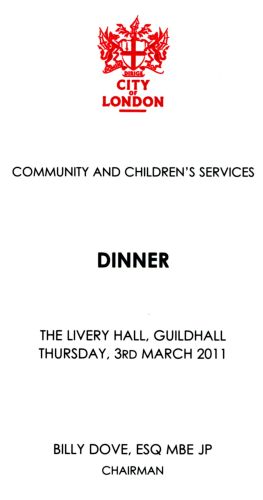
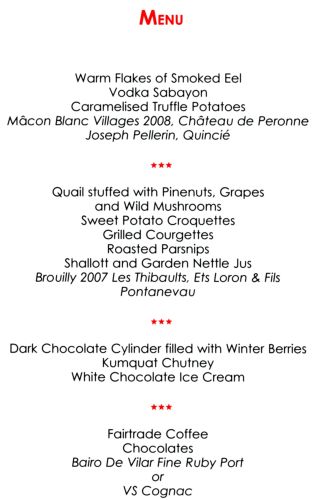

Board of Governors of the City of London School for Girls
Dinner
October 2010, The Livery Hall, Guildhall, London
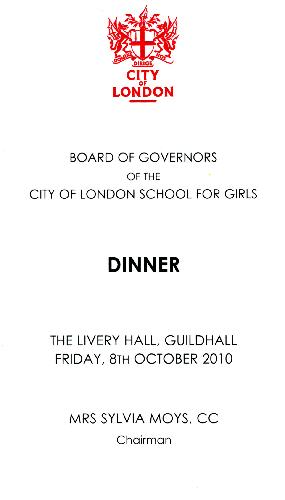
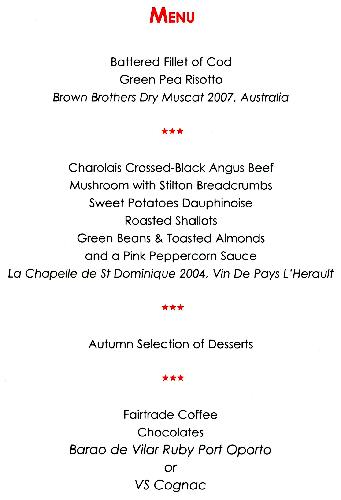

Luncheon to mark the presentation of a Shrieval Chain of Office and Badge
September 2010,
Saddlers' Hall, London
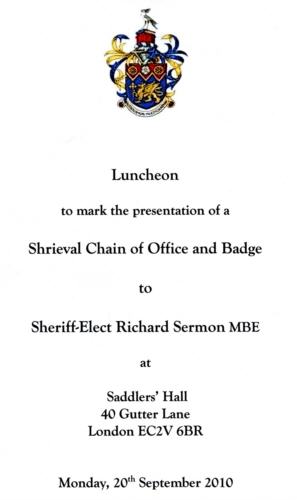
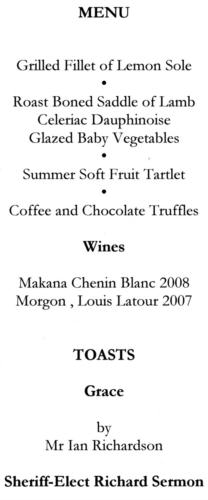
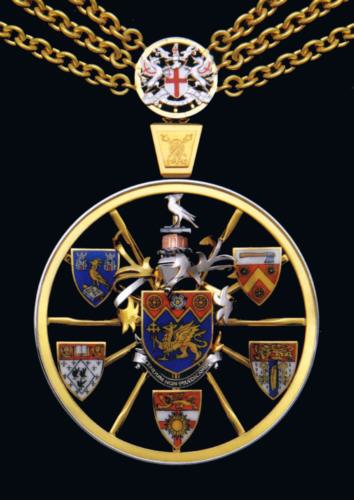
The Shrieval Chain and Badge of Office
The Armorial Bearings of Mr Sheriff-Elect Richard Sermon
designed by William Hunt, Windsor Herald, reflect his interests and major
influences on his life.
The Arms are described as ‘Azure a Griffin passant holding in the dexter
foreclaws a Cross Crosslet fitchy Or on a Chief dancetty of three points
Gules fimbriated Or a Rose Argent barbed and seeded proper between two
Wheels Or.’ The
Griffin
is an element of other Sermon family Arms, the wheels are drawn from the
Arms of the Wheelwrights’ Company of which he is a Past Master and the
Yorkshire
rose reflects his wife Rosemary’s origins.
The Crest is described as ‘Upon a Helm with a Wreath Argent and Azure Upon a
Pulpit Gules a closed Book Azure edged Or statant thereon a Secretary Bird
proper.’ These aspects are drawn partly from the Arms of Chartered
Secretaries’ and Administrators’ Company of which he is also a Past Master
with the pulpit representing a pun linked to the motto. The motto FACENDUM
NON PRAEDICANDUM, ‘Practise, don’t Preach’, a play on his family name which
encapsulates his attitude to life.
A wheel provides the base for his Shrieval Badge design with his Armorial
Bearings at the hub with spokes which incorporate hand painted enamel
shields depicting the Arms of Nottingham High School where he was educated,
The Institute of Chartered Secretaries and
Administrators, of which he is a Fellow, The Worshipful Company of
Wheelwrights, his Mother Company and the Worshipful Company of Chartered
Secretaries and Administrators of which he is a Past Master and The City and
Guilds of London Institute of which he is an Honorary Fellow and Trustee. A
chamfered key stone, the symbol of the Youth Club movement recalling his
long involvement with London Youth is engraved with The Ward of Cheap Club
insignia and dovetails between the main badge and the Arms of the City of
London. Each shoulder piece to the chain has a scale
carriage wheel with an enameled Yorkshire Rose.
The design for the badge was realised and made in the workshops of the
London goldsmith Grant Macdonald.
![]()